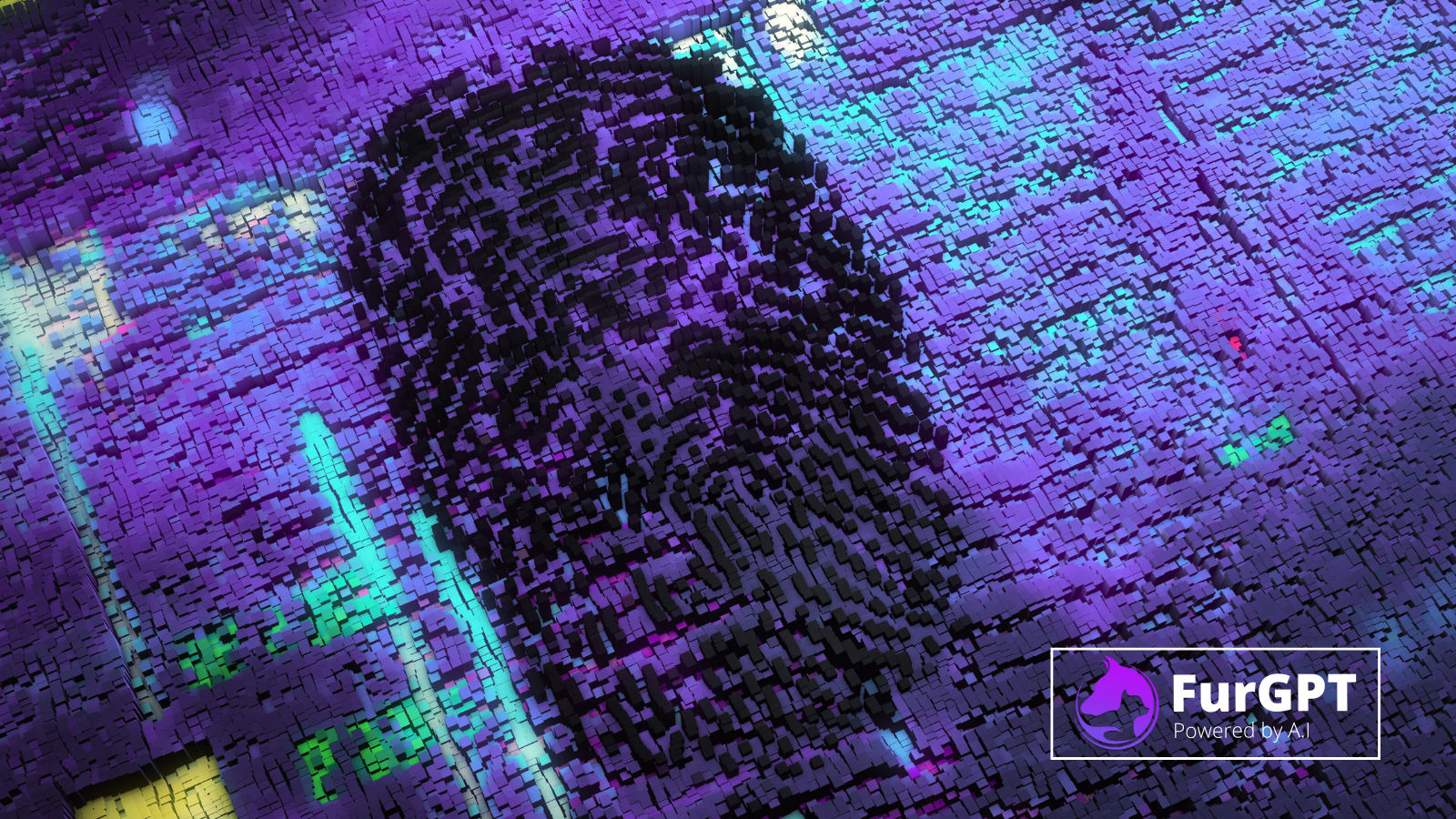
Seattle, Washington Jul 22, 2025 (Issuewire.com) - FurGPT, the AI-powered platform for Web3 digital companions, has launched refined multichain support to enhance personalization and behavioral consistency across its AI pet ecosystem. The upgrade strengthens how AI pets track user behavior, emotional history, and customization preferences across wallets and blockchains.
This refined architecture improves session memory syncing, wallet-based recognition, and token-driven bonding logic across multiple environments. Whether engaging on Ethereum, BNB Chain, or Lithosphere, AI pets now provide a more seamless, context-aware experiencelearning and responding in real time to evolving user moods and interaction patterns.
Users can customize behavior traits, interaction styles, and emotional profiles with increased continuity and depth. The $FGPT token powers access to enhanced personalization modules, emotional intelligence layers, and portable AI memory features across chains.
With this refinement, FurGPT reinforces its mission to provide lifelike, intelligent, and emotionally rich digital companions through multichain AI innovation.
About FurGPT
FurGPT is an AI-driven platform that allows users to create, customize, and engage with virtual pets across the Web3 ecosystem. By combining generative AI, secure blockchain infrastructure, and emotional context modeling, FurGPT delivers a unique and interactive companion experience.
Media Contact
KaJ Labs
More On Ournewsnation ::
- Ashley Berry, MSN, RN, Elevates Patient Care as Nurse Manager at Rehabilitation Hospital of Indiana
- How Stonemart ™ Stone Buddha is offering Vastu Decor Solutions to Modern Indian Households?
- Adriana Rivas was recognized as a finalist at the Women in Tech Global Awards 2025 — Chief in Tech Leader of the Year.
- Top CCD Wheel Aligner Manufacturer at CIAACE
- Imagen Network Adds Depth to User Control With Secure Engagement Layers
8888701291
4730 University Way NE 104- #175
Source :KaJ Labs
This article was originally published by IssueWire. Read the original article here.